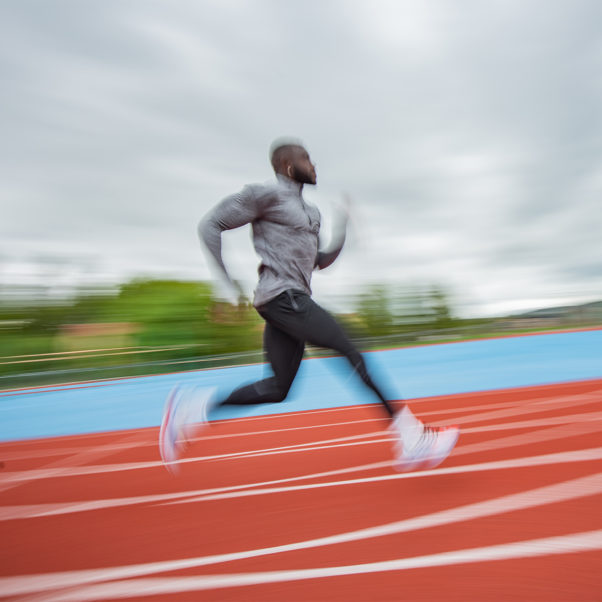
You may be used to speeding up your exercise recovery via methods such as myofascial release with foam rollers and good sleep hygiene. While these techniques are tried-and-true, the rising enthusiasm for hard-hitting exercise routines has spawned a growing interest in alternative recovery techniques.
Pete McCall, MS, personal trainer, exercise physiologist and an adjunct faculty member in exercise science at both Mesa Community College and San Diego State University, outlines six options for you to consider.
Six Different Recovery Techniques
Cryotherapy Chamber Treatments
Ice baths promote recovery by increasing circulation, but some people don’t want to spend up to 20 minutes in ice water to receive this benefit. The alternative is to visit a cryotherapy freeze chamber, which rapidly reduces air temperature to below 110 degrees Celsius/160 degrees Fahrenheit.
Compression Clothing
Theoretically, pressure from compression clothing can improve circulation, helping to remove metabolic byproducts from muscle and promoting the flow of oxygenated blood to assist in repairing and rebuilding tissue.
Compression clothing can also elevate tissue temperature, reducing soreness. While there has been research on the effectiveness of compression clothing, there is no overwhelmingly conclusive evidence for or against it.
Cupping
Cupping is an ancient Chinese medicine practice that places small glasses or bowls directly on the body to create suction on the skin and tissues directly underneath. Supporters assert that pressure from the vacuum increases localized circulation and produces an anti-inflammatory response, both of which promote healing that is essential to recovery (Weinberg 2016).
Cannabinoid-Related Products
The cannabinoid system helps to regulate homeostasis and influences appetite, mood, hormones, sleep, immune function and pain. Cannabidiol (CBD) is a nonpsychoactive ingredient in cannabis (Pagotto et al. 2006) that may reduce postexercise inflammation. CBD is unrelated to tetrahydrocannabinol (THC), the psychoactive agent released during cannabis consumption. Anecdotal evidence from ardent users suggests there may be benefits, but research supporting those claims is extremely limited.
Infrared Saunas
Unlike traditional saunas that use rocks or metal heating elements, infrared saunas heat with electromagnetic lamps (Hausswirth & Mujika 2013). An infrared sauna elevates tissue temperature, which can increase circulation to promote recovery. Infrared rays produce heat that molecules can partially absorb. Because the heat affects cells directly, infrared saunas operate at a lower temperature, allowing for a more comfortable, yet beneficial, experience.
Percussion Guns
Applying rapid compressive force against muscle tissue can provide a number of benefits, including increasing circulation, breaking up collagen fibers, reducing muscle tightness and promoting localized recovery, according to Brian Bettendorf, MS, MSM, a San Francisco–based exercise physiologist who has collaborated with a company that manufactures percussion guns. “Vibration training in general has a number of neurophysiological effects, including minimizing pain sensation,” he says. Percussion guns have become more affordable and easier to buy, making them a popular recovery tool.
Honing Your Exercise Recovery Strategy
A strong focus on recovery is not required for low- to moderate-intensity sessions. A recovery strategy becomes crucial when workouts last longer, get more intense or include explosive movements.
Some nontraditional methods are so new that there isn’t much peer-reviewed research on them. Often, they’re popular because of an extensive variety of anecdotal support from people claiming to feel the benefits. Whether you’re using traditional or alternative recovery tactics, you need to be improving circulation in order to remove waste from muscle and to deliver new oxygen and nutrients for building new tissue.





